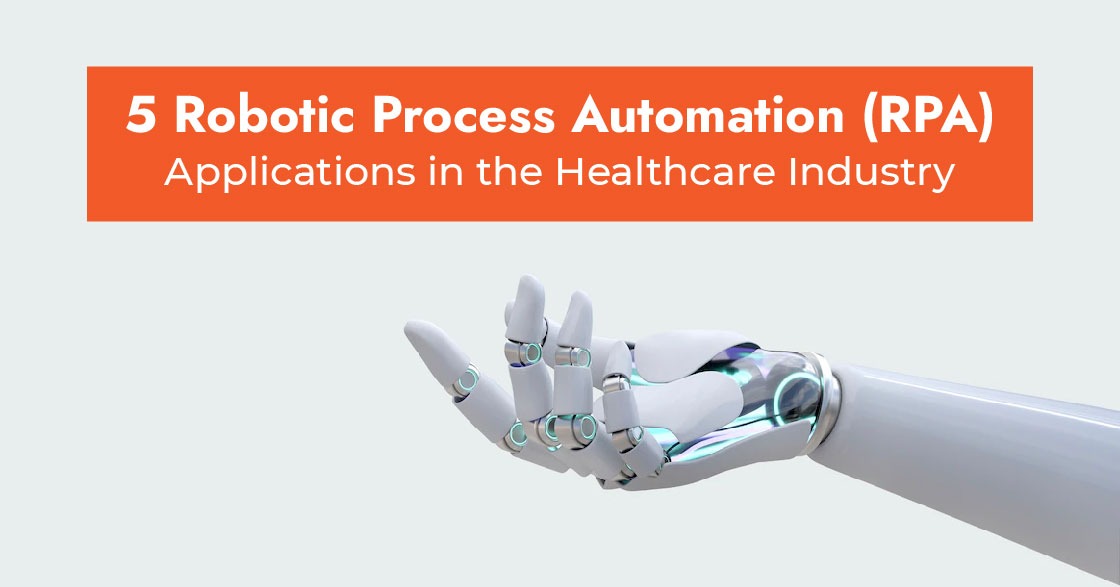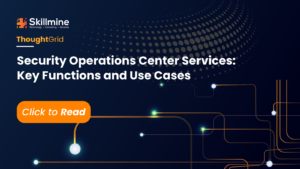According to Deloitte’s third annual RPA survey, a wealth of data on RPA, if the trend remains, RPA will reach “near-universal adoption” in the subsequent five years. RPA is a technology controlled by structured inputs and business logic and is used to automate business processes. Any company can set up a robot or software to understand and capture applications to complete a transaction, trigger a reaction, communicate with other digital systems, and manipulate data using RPA tools ( rpa software ).
Understanding RPA
Robotic Process Automation (RPA), also recognized as software robotics, employs automation technologies to replicate the back-office functions performed by human workers. This involves tasks like data extraction, form filling, and file movement. RPA combines APIs and user interface (UI) interactions to seamlessly integrate and execute repetitive tasks across enterprise and productivity applications. RPA tools autonomously complete diverse activities and transactions across disparate software systems by deploying scripts that simulate human processes.
How does RPA work?
Essential capabilities for RPA solutions include:
- Low-code capabilities for crafting automation scripts.
- Integration with enterprise applications.
- Orchestration and administration, encompassing configuration, monitoring, and security.
Automation technologies, like Robotic Process Automation solutions, can access information from legacy systems and seamlessly integrate with other applications through front-end integrations. This enables the automation platform to emulate human actions, such as logging in and copying and pasting between systems. While back-end connections to databases and enterprise web services contribute to automation, RPA’s primary strength lies in its swift and uncomplicated front-end integrations.
Benefits of RPA
- Less coding: RPA simplifies configuration, eliminating the need for developers. Drag-and-drop features in user interfaces make it accessible for non-technical staff.
- Rapid cost savings: By reducing team workloads, RPA allows staff to focus on higher-priority tasks, enhancing productivity and ROI.
- Higher customer satisfaction: Bots and chatbots operating continuously reduce customer wait times, contributing to increased satisfaction rates.
- Improved employee morale: RPA relieves teams of repetitive, high-volume tasks, enabling a shift towards more strategic decision-making that positively impacts employee happiness.
- Better accuracy and compliance: Programming RPA robots for specific workflows and rules minimizes human error, especially in tasks requiring accuracy and compliance with regulatory standards. Robotic Process Automation services also facilitate monitoring progress and swift issue resolution.
- Existing systems remain in place: RPA software operates on the presentation layer of existing applications, ensuring seamless integration without disrupting underlying systems. This allows implementation even in situations lacking an application programming interface (API) or the resources for deep integrations.
Here are some major applications of RPA in the healthcare industry:
Simplifying patient appointment scheduling
Patients frequently book appointments online. Healthcare institutions must collect personal information, diagnoses, and insurance information during the registration procedure. Scheduling appointments based on patient information can be time-consuming. Additionally, patient visits must be coordinated with the schedules of various doctors and their availability in hospitals. As a result, arranging patient appointments can be difficult.
All these issues can be alleviated by implementing RPA in healthcare. RPA bots can arrange patient appointments based on diagnosis, geography, doctor availability, and other factors. RPA systems can scan patient data and generate a report that can be emailed to a referral management person for scheduling purposes. The bots can also contact patients if their doctor is unable to attend their appointment.
Speeding up account settlements
Healthcare organizations must track, compute, and assess expenditures incurred during each patient’s diagnosis and treatment. Manually processing this type of data can be time-consuming. Maintaining records of various tests, medications, doctor fees, wardroom costs, and other services is also necessary for proper bill calculation for each patient. As a result, the entire process for the hospital staff might become quite cumbersome.
RPA bots can determine the bill amount properly by considering the price of tests, drugs, wardroom, food, and doctor fees. Healthcare providers can eliminate payment delays and mistakes related to bill calculation by implementing RPA in the industry. As a result, using RPA in healthcare services can significantly speed up account settlements.
Streamlining claim management
Data input, processing, appraisal, and dealing with appeals are some of the processes for managing insurance claims. When done manually or using generic software, the entire process can be inefficient and error-prone. Insurance claim procedures that are out of date can substantially impact cash flow. Furthermore, non-compliance with regulations might result in the denial of 30-40% of health insurance claims. As a result, maintaining regulatory compliance for insurance claims can be difficult.
The use of RPA in healthcare can help speed up the process of managing insurance claims. Insurance claim data processing can be sped up and errors avoided with RPA bots. RPA bots can prevent delays and keep track of the entire process in this way. These bots can also spot compliance-related exceptions and help you avoid breaking the law. As a result, the use of RPA in healthcare can help in enhancing the efficiency of complicated insurance claims administration procedures.
Implementing discharge instructions
It’s nearly tough for healthcare organizations to monitor whether patients follow discharge instructions. Doctors may prescribe drugs for their illness and recommend follow-up sessions in such circumstances. Healthcare facilities find it hard to monitor and ensure that such discharge guidelines are followed.
RPA bots can check discharge guidelines for accuracy and remind patients about medication pick-ups. Hospitals can also use RPA in healthcare to remind people about forthcoming doctor’s appointments and medical tests. RPA bots can also notify healthcare providers if a patient requires additional assistance with their condition. Healthcare professionals can improve their patients’ experiences, deliver better care, and reduce readmissions by using this strategy.
Recording audit procedures
The auditing technique entails several tasks for risk assessment. Such processes, as well as their outcomes, must be documented to provide reports. These reports are delivered to the appropriate people for review and approval. Collecting and assessing several reports from various auditing tasks and interacting with multiple stakeholders can be time-consuming. Errors in these reports can also lead to regulatory non-compliance.
Using RPA in healthcare services can easily optimize audit procedures. During audits, RPA bots can record data and generate reports. The reports can be shared automatically with those who need to see them for review and approval. Hospital staff can use RPA software to track the status of these reports and see which individuals still have to approve them. RPA software can assist healthcare organizations in ensuring responsibility for various auditing procedures using this method. In the event of non-compliance, an RPA software can immediately identify the individual who approved the reports.
CASE STUDY 1
A major company that manages a chain of hospitals found it difficult to process the data sent by suppliers. The suppliers were sending data in various formats:20% of the data that arrives is structured, 65% is semi-structured and scanned, 10% is in digital PDFs, and 5% is semi-structured and handwritten. To streamline the process, RPA was integrated into the company’s operations.
Since deploying the solution, the company could process credit memos faster and more accurately—saving time, decreasing errors, and reducing backlogs.
CASE STUDY 2
Before transmitting them to partnering agencies for claim validation, a leading eye hospital needed to redact documents to remove personally identifiable information (PII) and personal health information (PHI). This is a time-consuming process when done manually, as each record has an average of 10 pages and the majority of the material is in a semi-structured format.
Creating an RPA bot helped determine whether all PII and PHI are removed according to the specific document type. Missed redactions could also be sent back through the process. As a result, a highly secure system could be created to protect sensitive data.
Conclusion
Therefore, using RPA in healthcare can help centralize and streamline various workflows. Shifting these mundane chores from human agents to bots can help healthcare providers save time and resources. Additionally, automating critical procedures helps to boost overall efficiency.
Looking for expert technology consulting services? Contact us today.





